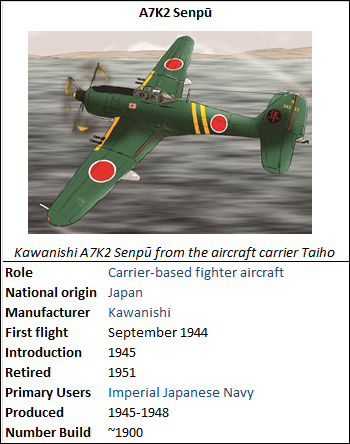Using the discarted M4 monitor submarine, the RN experimented with a larger, long-range submarine capable of sailling both on surface and submerged for at least 5000 nmi (the range between the UK and South Africa). With 2 8 cylinder Admiralty diesel engines of 2200 Kwh and 2 GEC electric motors of 1500 Kw (750 Kw each), its surface range of 12 400 nmi at 12 knots was more than impressive, however, the submerged range of 50 nmi at 4 knots was less than stellar. This was due to the battery limit since otherwise, the diesel engine would consume all the oxygen.
But the rediscovery of the snort (schnorkel) patent of James Richardson, of Scotts Shipbuilding and Engineering Company, would both litteraly and figuratively give a breath of fresh air to the N project. After multiple adaptation (including a pump system to accelerate the air intake and a retractable tube), the snort allowed the prototype to keep going submerged with its diesel engine, allowing a similar surface and under water range (although the electric engines were kept for emergency).
With 6 MK VIII torpedoe tubes and 2 4' guns, the brand new N-class had teeths, but it would also receive eyes with a brand new sonar system.
A first ''hunting group'' of 4 were built but with the emergence of WW2, the large and costly N submarine would be shoved in favor of smaller and cheaper submarine. The 4 N sub. would be sent in the far east to assist the z-force.
With the fall of Singapore, their incredible range and operational capacities would allow them to strike the japanese convoys from their base of Colombo and limit their capacity to supply their forces in Burma. More impressive (if less effective militarily), was their hunting missions within the sea of Java, hitting ''target of opportunity''. Despite their lack of maneuverability, their ability to keep submerged for days allowed them to evade almost all Japanese anti-submarine efforts.

